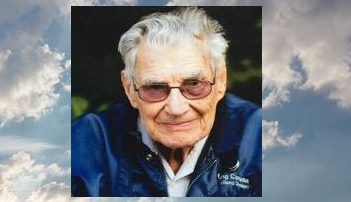The Grads of No. 7 – Frank Doolittle
By Don Christopher
Francis “Frank” Doolittle was born in Dec 1923 and joined the RCAF on his 18th birthday in 1941. He took his basic training at Lachine, PQ and instruction at Eglington Hunt Club in Toronto. He then posted to No. 7 Elementry Flying Training School (E.F.T.S), Windsor but washed out as a pilot after only 8 hours of flight time. (Rumour has it that he made an unauthorized trip off the base to visit a certain young lady who later became his wife). Frank was briefly sent back to Toronto and was then posted to No. 1 Bombing & Gunnery School in Jarvis, Ontario, where he practiced bombing from Avro Ansons. While there, he survived a forced landing in a small field. He practiced gunnery from Bristol Bolingbrokes where he became famous for shooting off the drogue towed by a Lysander. He was instructed by WWII ace Billy Bishop and had good enough marks to move on to navigation, aerial photography and wireless operation at No. 4 Air Observer Training School Crumlin, in London, Ontario, where he received his Bomb Aimer and Flt/Sgt brevets from Col. Bishop himself.
Frank then received 2 weeks leave, which he spent back in Windsor where he “clinched it with his sweetie”. He was then sent to Halifax and shipped to Bournemouth, UK. From there he posted to Wigtown, Scotland, RAF #1 (o)AFU, where he racked up another 36 hrs in Ansons, dropping practice bombs and learning infrared bombing for another six or seven weeks. He was then posted to Husbands Bosworth to #14 Operational Training Unit and was partially crewed up, flying Wellingtons for another 110 hrs, doing circuits, air gunnery, high level bombing, map reading, navigation, night flying, plus lots of ground school and a/c identification.
He was then posted to 1661 Heavy Conversion Unit at Scampton, where he did 50 hours flying Stirling bombers, 30% of it at night. On their first cross country high level bombing exercise, their Scottish Flight Engineer Jock miscalculated the fuel consumption of their four big radial engines and at 18,000’, the port outer engine quit. The skipper, Adrian Nisbet from Australia, ordered “Feather the port outer”, then “Feather port inner”, then “Starboard inner” and finally “Starboard outer”. Then came the order, “Bail out! Bail out! Bail out!” Frank managed to get his chute clipped on and was struggling with the escape hatch when Jock bellowed, “Hold it! I’ve got it!” He had forgot to switch fuel tanks and the props came back to life. They pulled out at 3000 feet. This incident did not appear in their log books.
After a few more “harrowing experiences”, they graduated from Stirlings and were posted to #5 Lancaster Finishing School near Syserston, where they were introduced to the Lancaster bomber. They were checked out on Lanc III’s for about 10 days and were assigned to RAF 50 Squadron based in Skellingthorpe, near Lincoln, Lincolnshire. They did three cross -country jaunts, practicing navigation, bombing and fighter affiliation and were off on ops the next day.
After five very “hot” targets, two day-ops and three night-ops in a row, the skipper was promoted to Pilot Officer and Frank to Warrant officer. After another such stint when they flew 3 missions in a row, night, then day, then night again, Frank recalled being given a 48-hour pass and going to London where he promptly rented a room and went to sleep. He was awoken the next day, sleeping on the floor, by the manager trying to break down his door to see if he was still alive. It turns out that in the night, a buzz bomb had landed nearby and the explosion had severely damaged the inn. Frank had been blown to the floor and never even woke up.
According to Frank, it didn’t seem like they got much time for recreation but he remembered one incident when he and Jock were “out on the town” and they spotted a lorry (truck) with four new Merlin engines on it. One of them suggested that, since Merlins were always giving them a ride, maybe they should return the favour. So, they jumped in and “drove that thing all around the base until the SP’s got on our tail, at which point we decided to park it amongst the barracks and lose them”.
After raids on many targets in “Happy Valley”, cities such as Stettin, Dornstadt, Konigsburg, Boulogne, Bremerhaven, Bremen, Bergen, Dusseldorf and Munich, all very hot targets in the Battle of Berlin in mid-1944, Frank and his crew finished their tour of duty, flying a total of 31 missions. They were only required to fly 30 but they did “one more for good measure”.
At 21 years old, Frank was the oldest member of the crew. He was awarded his gold operational wings and put in charge of a bombing range until he was sent home in February 1945. Ironically, he went on to get his pilot’s license and have a 68 year- long flying career as well as serving in the Royal Canadian Navy for five years.
Frank was a longtime member of the Canadian Aviation Museum (formally the Canadian Historical Aircraft Associaton CH2A) and was always willing to share his wartime experiences with young and old, often helping out on school tours to the hangar. I have never heard a class of grade six students so quiet as when they listened to Frank tell some of his wartime stories.
I was fortunate to share a table with Frank at our last CH2A banquet. He kept us all entertained and when I asked if I could get him a drink, he ordered a Khalua and Baccardi Gold. When we all asked him about this unique drink, he told us that he had one every morning and it did four things for him: it helped wake him up, it brought him closer to God, it was good for his heart, and it tasted good.
Sadly, Frank passed away in the summer of 2016 at the age of 92. It was an honour and a pleasure to have known him and we will all miss him. Blue skies, old friend.

